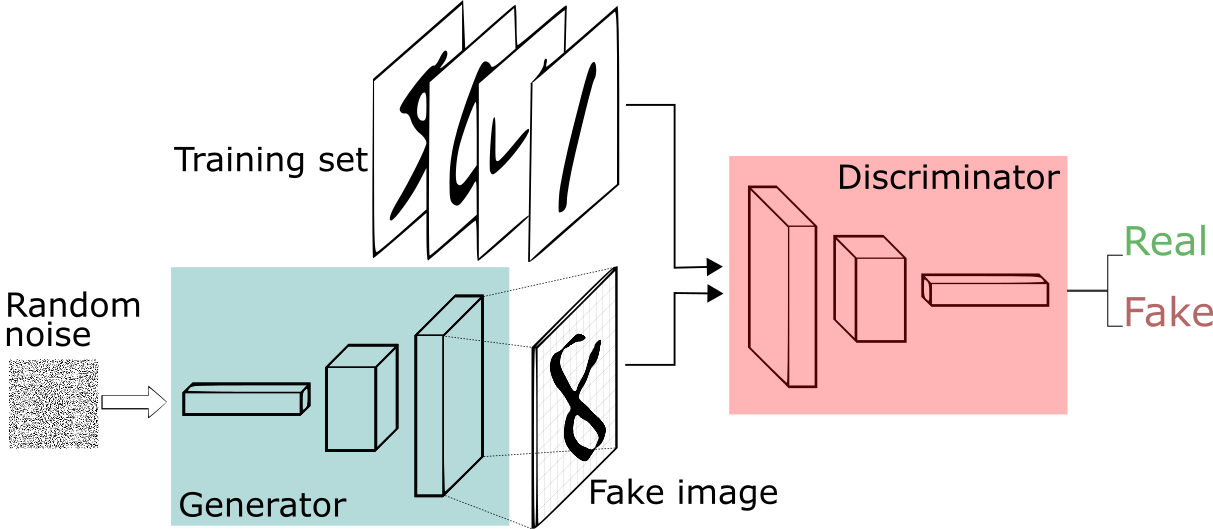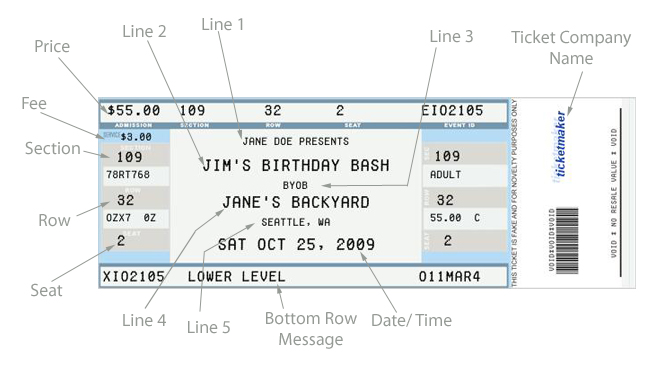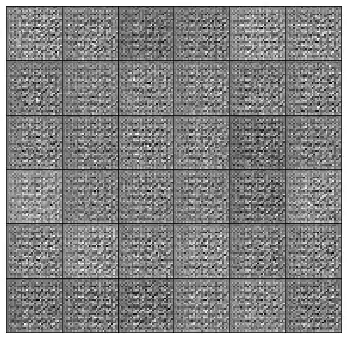
https://sthalles.github.io/intro-to-gans/

Let’s say there is this very cool party going on at your neighborhood that you really want to go. But, there is a problem. To get into the party you need a special ticket that was long sold out.
Since expectations are very high, the party’s organization hired a qualified security agency. Their primary goal is to not allow anyone to crash the party. To do that, they placed a lot of guards at the party’s entrance to check everyone’s tickets for authenticity. Since you don’t have any martial artistic gifts, the only way to get through is by fooling them with a fake ticket.
There is a big problem with this plan though, you never actually saw how the ticket looks like. Even if you design a ticket based on your creativity, it’s almost impossible to fool the guards at your first trial. Besides, you can’t show off your face until you have a very decent replica of the party’s pass.
To help with your problems, you decide to call your friend Bob to do the dirty job for you.
Bob’s mission is very simple, he will try to get into the party with your fake pass. If he gets denied, he will come back to you with useful advices on how the ticket should look like. Based on that feedback, you make a new version of the ticket and hands it to Bob who goes to try again. This process keeps repeating until you become able to design a perfect replica.

That is a must go party. I actually took that image from a fake ticket generator website!
Putting aside the “small holes” on this anecdote, this is how Generative Adversarial Networks (GANs) work. Nowadays, most of the applications of GANs are in the field of computer vision.
Some of the applications include: training semi-supervised classifiers and generating high resolution images from low resolution counterparts.
This piece provides an introduction to GANs with a hands on in the problem of generating images. You can clone the notebook for this post here.
GANs are a kind generative models designed by Goodfellow et all in 2014. In a GAN setup, two differentiable functions, represented by neural networks, are locked in a game. The two players, the generator and the discriminator, have different roles in this framework. The generator tries to produce data that come from some probability distribution. That would be you trying to reproduce the party’s tickets.
The discriminator, acts like a judge. It gets to decide if its input comes from the generator or from the true training set. That would be the party’s security comparing your fake ticket with the true ticket to find flaws in your design.

MNIST training evolution
We used a 4 layer convolution network for (both discriminator and generator) with batch normalization to teach a model to generate SVHNs and MNIST images. Above, are the SVHN's (left) and MNIST (right) generator samples during training.
In summary, the game follows with: